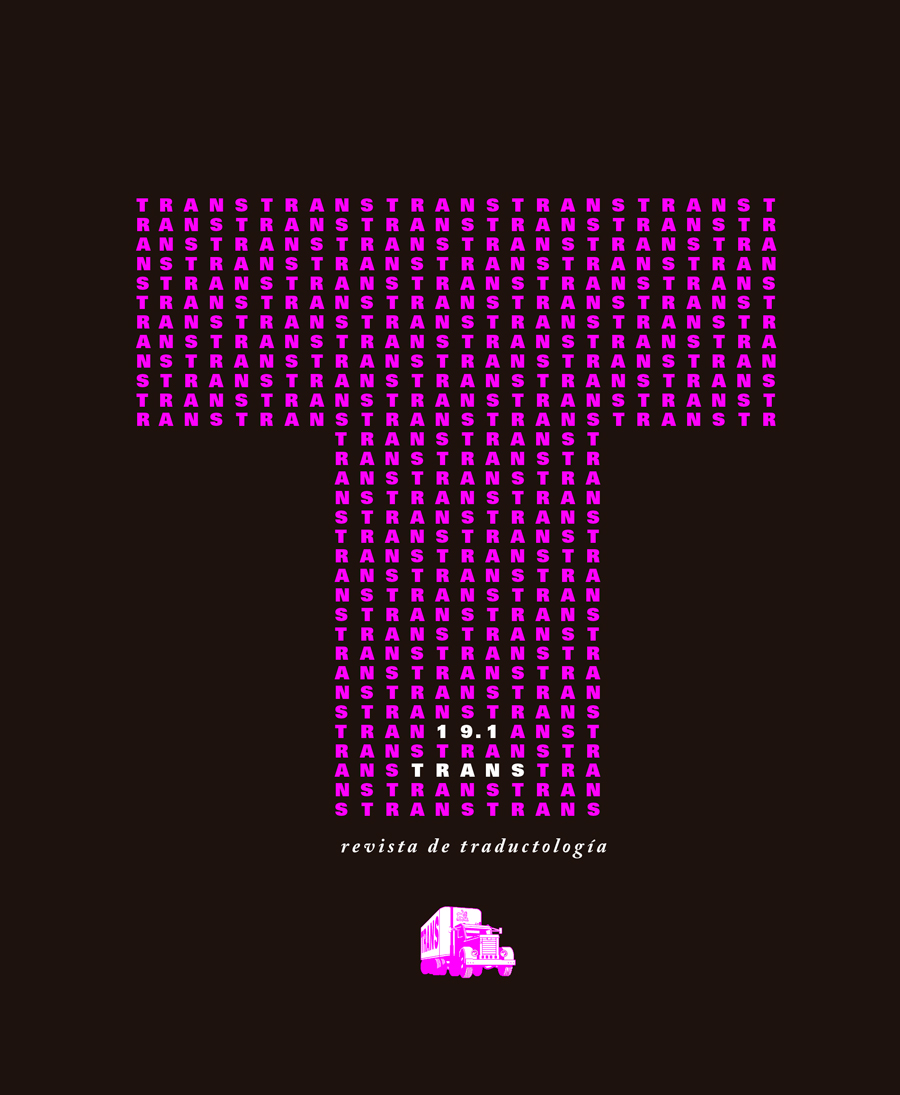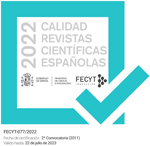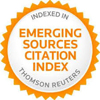Quince años de interpretación jurídica en la UE: balance y perspectivas
DOI:
https://doi.org/10.24310/TRANS.2015.v1i19.2082Palabras clave:
interpretación jurídica, investigación en interpretación, la profesión de intérprete, Unión EuropeaResumen
Con los años, la Unión Europea (UE) ha pasado de ser un proyecto esencialmente político y socio-económico a participar cada vez más activamente en el ámbito de la justicia, el “tercer pilar”. El Tratado de Maastricht (1993) ya consideró la justicia y los asuntos de interior como temas de interés común de la UE, pero fue en los tratados de Ámsterdam (1999) y de Niza (2000) en los que se plasmó la ambición de hacer de la UE un “espacio europeo de libertad, seguridad y justicia”. Tras el Tratado de Ámsterdam, el Consejo Europeo estableció las prioridades para Justicia e Interior en tres programas quinquenales (‘Tampere’, ‘La Haya’ y ‘Estocolmo’). Desde el principio, las cuestiones del acceso a la interpretación (y traducción) y de la calidad de las mismas aparecieron como uno de los derechos fundamentales y una de las salvaguardias procesales que debían garantizarse en los procedimientos penales. El vencimiento del Programa de Estocolmo a finales de 2014 marca un punto de inflexión. Parece, pues, momento de hacer balance. Esta aportación repasa 15 años (1999-2014) de legislación europea y nacional, de actividad académica en formación e investigación, y de profesionalización de la interpretación en el ámbito jurídico, señalando algunos objetivos importantes que ya se han logrado.
Descargas
Métricas
Publicación Facts
Perfil de revisores N/D
Información adicional autores
Indexado: {$indexList}
-
Indexado en
- Sociedad Académica/Grupo
- N/D
- Editora:
- Universidad de Málaga
Descargas
Publicado
Cómo citar
Número
Sección
Licencia
Todos los contenidos publicados en TRANS. Revista de Traductología están sujetos a la licencia Creative Commons Reconocimento-NoComercia-Compartirigual 4.0 cuyo texto completo puede consultar en <http://creativecommons.org/licenses/by-nc-sa/4.0>
Se pueden copiar, usar, difundir, transmitir y exponer públicamente, siempre que:
- Se cite la autoría y la fuente original de su publicación (revista, editorial y URL de la obra).
- No se usen para fines comerciales.
- Se mencione la existencia y especificaciones de esta licencia de uso.
- Compartir Igual — Si remezcla, transforma o construye sobre el material, debe distribuir sus contribuciones bajo la misma licencia que el original.
Los derechos de autor son de dos clases: morales y patrimoniales. Los derechos morales son prerrogativas perpetuas, irrenunciables, intransferibles, inalienables, inembargables e imprescriptibles. De acuerdo con la legislación de derechos de autor, TRANS. Revista de Traductología reconoce y respeta el derecho moral de los autores/as, así como la titularidad del derecho patrimonial, el cual será cedido a la Universidad de Málaga para su difusión en acceso abierto. Los derechos patrimoniales, se refieren a los beneficios que se obtienen por el uso o divulgación de las obras. TRANS. Revista de Traductología se publica en open access y queda autorizada en exclusiva para realizar u autorizar por cualquier medio el uso, distribución, divulgación, reproducción, adaptación, traducción o transformación de la obra.
Es responsabilidad de los autores/as obtener los permisos necesarios de las imágenes que están sujetas a derechos de autor.
Los autores/as cuyas contribuciones sean aceptadas para su publicación en esta revista conservarán el derecho no exclusivo de utilizar sus
contribuciones con fines académicos, de investigación y educativos, incluyendo el auto-archivo o depósito en repositorios de acceso abierto de cualquier tipo.













21.png)
